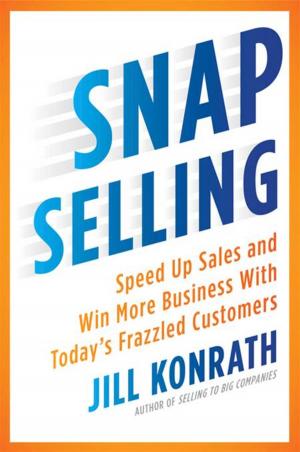The Decision-Maker’s Guide to Equity Compensation, 2nd Ed.
Nonfiction, Reference & Language, Law, Business, Business & Finance, Career Planning & Job Hunting, Small Business| Author: | The National Center for Employee Ownership (NCEO) | ISBN: | 9781932924886 |
| Publisher: | The National Center for Employee Ownership (NCEO) | Publication: | November 14, 2011 |
| Imprint: | Smashwords Edition | Language: | English |
| Author: | The National Center for Employee Ownership (NCEO) |
| ISBN: | 9781932924886 |
| Publisher: | The National Center for Employee Ownership (NCEO) |
| Publication: | November 14, 2011 |
| Imprint: | Smashwords Edition |
| Language: | English |
Many books discuss the tax, legal, and other aspects of equity compensation, but this book is different: It focuses on helping people who are designing plans decide what kinds of equity to choose, and who should get how much and when. Are options a better fit than restricted stock? What are the pros and cons of phantom stock and stock appreciation rights? Should employees be able to buy stock? If so, how? Who will be eligible and under what rules? How will awards be earned, and how will the company provide liquidity for the awards? All too often, these and other issues are ignored or dealt with by guessing, applying rules of thumb, or applying the approach that someone else happens to be familiar with. This book helps readers make educated, reasoned decisions about the equity compensation strategies they need, not the ones someone else might want them to use. At the same time, the book also covers the general legal, tax, and other rules applicable to each plan type: stock options, unrestricted stock grants and stock purchase plans, restricted stock awards and restricted stock units, phantom stock and stock appreciation rights (SARs), and performance awards. ESOPs, qualified profit sharing plans, and 401(k) plans are also discussed. Special chapters discuss equity compensation in limited liability companies (LLCs), deferred compensation issues, accounting for equity compensation, securities laws, public company considerations, designing an equity plan, and deciding on executive equity.
Many books discuss the tax, legal, and other aspects of equity compensation, but this book is different: It focuses on helping people who are designing plans decide what kinds of equity to choose, and who should get how much and when. Are options a better fit than restricted stock? What are the pros and cons of phantom stock and stock appreciation rights? Should employees be able to buy stock? If so, how? Who will be eligible and under what rules? How will awards be earned, and how will the company provide liquidity for the awards? All too often, these and other issues are ignored or dealt with by guessing, applying rules of thumb, or applying the approach that someone else happens to be familiar with. This book helps readers make educated, reasoned decisions about the equity compensation strategies they need, not the ones someone else might want them to use. At the same time, the book also covers the general legal, tax, and other rules applicable to each plan type: stock options, unrestricted stock grants and stock purchase plans, restricted stock awards and restricted stock units, phantom stock and stock appreciation rights (SARs), and performance awards. ESOPs, qualified profit sharing plans, and 401(k) plans are also discussed. Special chapters discuss equity compensation in limited liability companies (LLCs), deferred compensation issues, accounting for equity compensation, securities laws, public company considerations, designing an equity plan, and deciding on executive equity.















